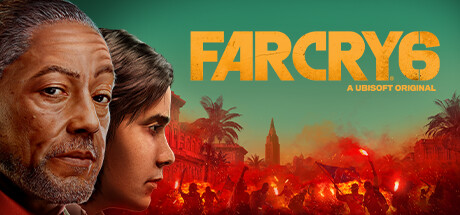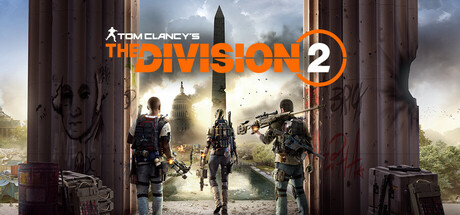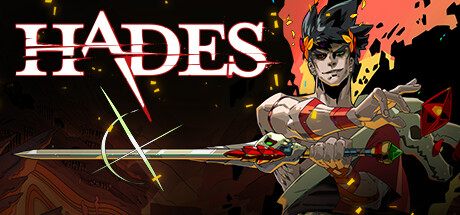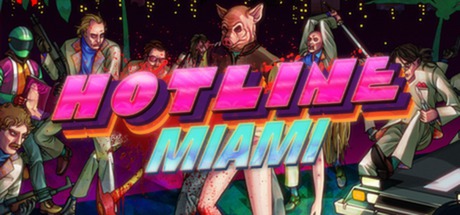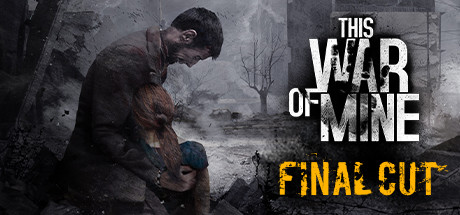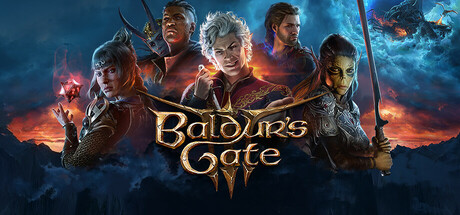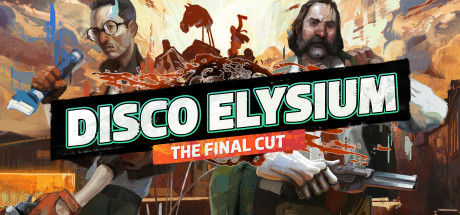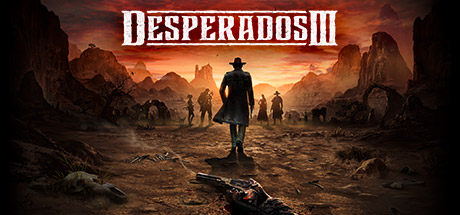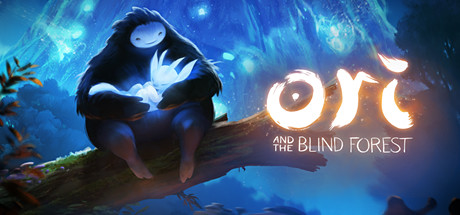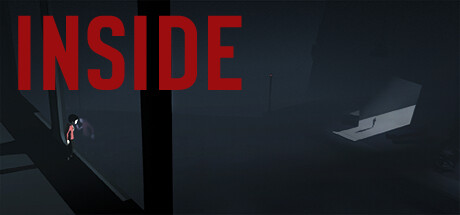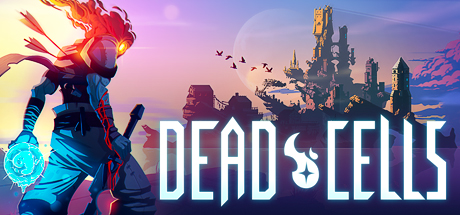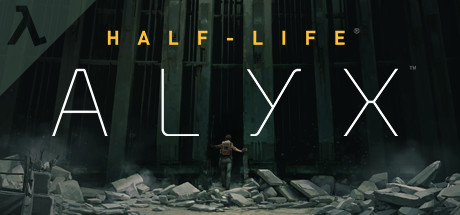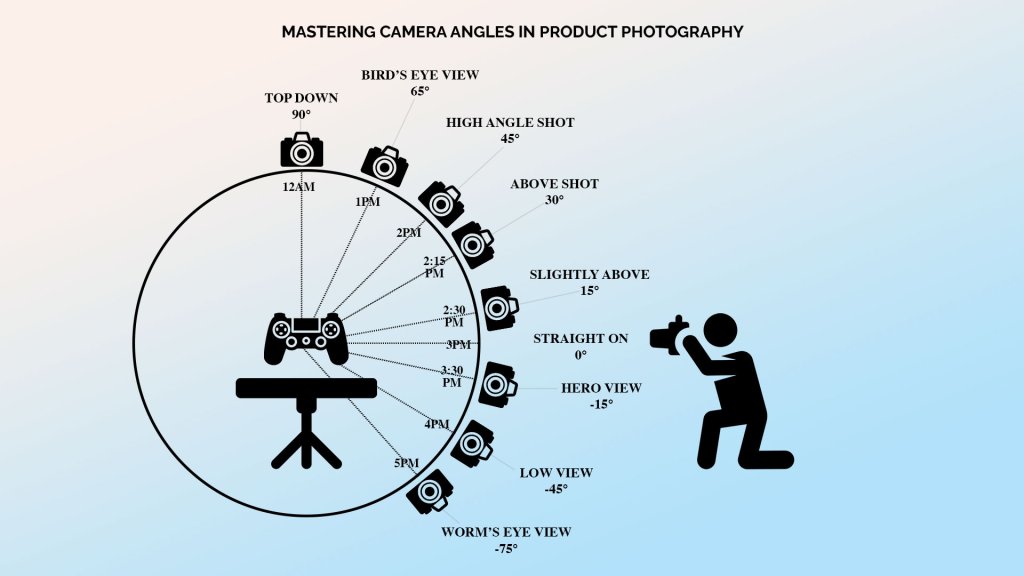
Part 2: Camera Perspectives
Camera Perspectives – Introduction
In video game design, the camera perspective determines how players view and interact with the game world. It directly affects gameplay mechanics, immersion, and how the story is experienced. Choosing the right perspective can shape the player’s emotional connection to the game and define the overall feel of the experience. Different perspectives offer unique advantages and limitations. For example, a first-person view immerses players directly into the eyes of the protagonist, while a third-person view provides better spatial awareness and showcases character animations. Meanwhile, top-down and isometric perspectives are often used for strategic control and a broader view of the environment. Understanding camera perspectives is essential for game developers, as it influences not only the gameplay but also level design, storytelling, and user experience. In this section, we’ll explore the most common perspectives, their strengths and weaknesses, and examples of games that use them effectively.
First Person Perspective
The first-person perspective (FPP) places the camera directly in the character’s eyes, making the player see exactly what the character sees.
This perspective is widely used in shooters, horror, and exploration games because it creates a high level of immersion and personal involvement.
By simulating the player’s real-life field of vision, it strengthens the emotional and sensory connection to the virtual environment.
One of the key advantages of first-person perspective is how it enhances tension and realism.
In horror games, for example, limited visibility can make players feel vulnerable, while in competitive shooters it allows precise aiming and fast reactions.
However, FPP can also limit spatial awareness since players cannot see their own character’s body and surroundings from an external view.
Developers often use first-person perspective when they want players to feel like they are the protagonist, experiencing the world firsthand.
Some notable examples include:
- Far Cry 6 – An open-world shooter with immersive environments and dynamic combat.
- Firewatch – A narrative exploration game with emotional storytelling and stunning scenery.
- Superhot – A unique shooter where time moves only when the player moves.
Third Person Perspective
The third-person perspective (TPP) positions the camera behind and slightly above the player’s character, allowing the player to see the entire character on screen.
This perspective provides better spatial awareness, as players can observe both their character’s movements and the surrounding environment.
It is often used in action-adventure games, RPGs, and open-world titles to showcase character animations and detailed environments.
One of the main advantages of third-person perspective is how it supports a broader view of the game world.
Players can anticipate threats from multiple directions and navigate complex terrain more easily than in first-person view.
It also allows for more cinematic storytelling since the camera can capture dramatic angles and character expressions during cutscenes and gameplay.
Developers choose third-person perspective when they want to balance immersion with environmental awareness.
Some notable examples include:
- The Division 2 – A tactical shooter with cover-based mechanics.
- Ghost of Tsushima – An open-world samurai adventure with stunning landscapes.
- Control – A supernatural action-adventure with dynamic combat and exploration.
Top-Down Perspective
The top-down perspective places the camera directly above the game world, giving players a bird’s-eye view of their surroundings.
This angle is often used in strategy, RPG, and certain action games where situational awareness is crucial.
By showing the environment from above, players can plan movements, track enemy positions, and manage multiple elements at once.
One of the key strengths of top-down perspective is clarity.
Players can easily see their character, objectives, and hazards without visual obstructions.
This makes it particularly effective for games that require tactical thinking or fast-paced action in a confined space.
However, the view can sometimes reduce immersion, as players feel more like observers than direct participants.
Developers often choose the top-down view when they want gameplay to focus on strategic planning and spatial control.
Some notable examples include:
- Hades – A fast-paced roguelike dungeon crawler with fluid combat.
- Hotline Miami – A high-speed action game with brutal, tactical gameplay.
- This War of Mine – A survival game with a strong focus on resource management and moral choices.
Isometric Perspective
The isometric perspective presents the game world at a fixed three-quarter angle, giving a sense of depth without using a fully 3D camera.
This style is popular in strategy games, RPGs, and simulation titles because it offers a clear view of both the environment and the player’s position within it.
By tilting the view, developers can showcase more detail than a flat top-down perspective while keeping spatial awareness high.
One of the main advantages of isometric perspective is how it balances visibility and immersion.
Players can see a large portion of the map while still feeling connected to the environment.
It also works well for grid-based movement and tactical gameplay, making it a go-to choice for many strategy and role-playing games.
Developers often select isometric view when they want to combine strategic oversight with visually appealing environments.
Some notable examples include:
- Baldur’s Gate 3 – A story-rich RPG with tactical turn-based combat.
- Disco Elysium – A narrative-driven detective RPG with an isometric world.
- Desperados III – A real-time tactics game with stealth and strategic planning.
Side Scroller Perspective
The side scroller perspective displays the game world from a horizontal side view, where the player’s character typically moves from left to right across the screen.
This perspective has its roots in early arcade and console games, and it remains popular due to its simplicity and clarity.
It is commonly used in platformers, action games, and indie titles, often focusing on precise movement and timing.
One of the major strengths of the side scroller is how it makes navigation intuitive.
Players can instantly understand the direction of progress and anticipate obstacles.
This view also allows developers to create tightly designed levels filled with puzzles, traps, and enemies that challenge reflexes and problem-solving skills.
Side scrollers continue to evolve, combining classic 2D mechanics with modern visuals and storytelling.
Some notable examples include:
- Ori and the Blind Forest – A visually stunning platformer with emotional storytelling.
- Inside – A dark, atmospheric side scroller blending puzzles and narrative.
- Dead Cells – A roguelike action platformer with fluid combat and procedural design.
VR Perspective
The virtual reality (VR) perspective places players directly inside the game world through a headset, offering a 360-degree field of view.
Unlike traditional perspectives, VR allows players to physically look around and interact with the environment in a natural, immersive way.
This creates a strong sense of presence, making players feel as though they are truly “inside” the game.
One of the key strengths of VR perspective is immersion.
By simulating real-world vision and movement, VR can make even simple actions—like opening a door or picking up an object—feel exciting and personal.
However, VR also brings challenges, such as motion sickness, hardware requirements, and the need for specialized design to ensure comfort.
Developers use VR perspective when they want to deliver fully immersive experiences that can’t be replicated on a flat screen.
Some notable examples include:
- Half-Life: Alyx – A groundbreaking VR shooter with rich interactions.
- Beat Saber – A rhythm game combining music and motion-based gameplay.
- Superhot VR – A unique VR adaptation where time moves only when the player moves.
End of Part-02 (Camera Perspectives)
Author: Pouria Mojdeh
Sources:
Book: The Gamer’s Brain
Book: The Ultimate Guide to Video Game Design: Fundamentals
Book: Encyclopedia of Video Games: The Culture, Technology, and Art of Gaming [3 volumes]
Website: Steam
Website: Nintendo
Website: Blizzard
Use of this material without proper attribution is not permitted.

